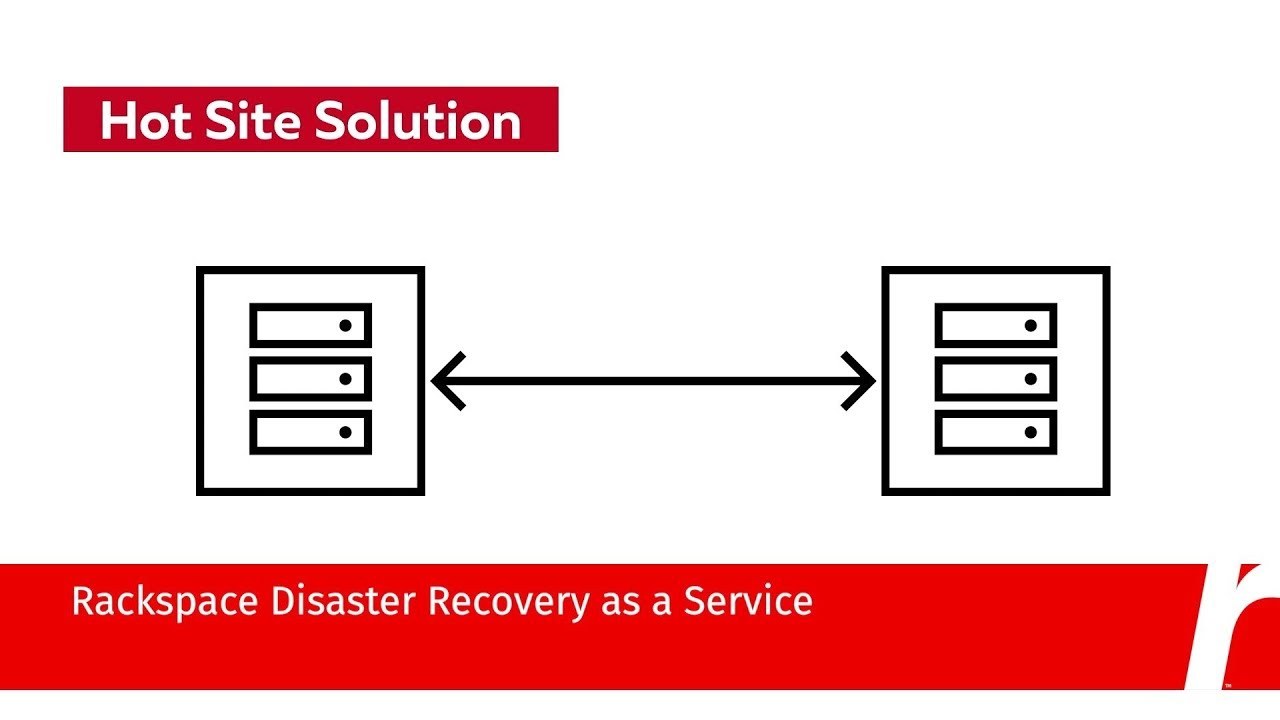

Recent Posts
Microsoft’s Agentic AI Direction for Enterprise Operations
December 18th, 2025
AI in Financial Services 2025: Turning Intelligence Into Impact
December 15th, 2025
How to Build AI-Enabled Operations and Achieve Measurable Outcomes
December 10th, 2025
Prioritize Strategy to Strengthen Your Cloud Transformation
December 8th, 2025
Modern IT Service Management is Transforming Managed Services - Part 1
December 4th, 2025
Related Posts
AI Insights
Microsoft’s Agentic AI Direction for Enterprise Operations
December 18th, 2025
AI Insights
AI in Financial Services 2025: Turning Intelligence Into Impact
December 15th, 2025
AI Insights
How to Build AI-Enabled Operations and Achieve Measurable Outcomes
December 10th, 2025
Cloud Insights
Prioritize Strategy to Strengthen Your Cloud Transformation
December 8th, 2025
Cloud Insights
Modern IT Service Management is Transforming Managed Services - Part 1
December 4th, 2025
The right disaster recovery solution will allow your organization to access and restore vital data and resume operations in the shortest time possible.
As business leaders, it’s part of our job to prepare for the unexpected, and that includes our IT systems. While severe weather-related outages and cybersecurity breaches make the news, even the smallest disruptions – from power outages to software viruses to equipment failures – can impact your IT systems, and ultimately, your customers. That’s why it’s imperative to have a disaster recovery plan: a process to recover your IT infrastructure in case of a disaster. Having the right disaster recovery solution will allow your organization to access and restore vital data and resume operations in the shortest time possible, while minimizing the impact to your business and customers.
Why does recovery matter?
Any service interruption can be a nuisance for employees and customers alike, but when systems are down and critical functions cease, the consequences can be fatal to your reputation or business. What are the effects?
- Competitive disadvantage. Your customers expect your service to be both reliable and secure. When they’re not, you risk losing brand credibility as well as existing or potential business to competitors.
- Breaking compliance requirements. If your business processes payments or stores personally-identifiable data, losing data can lead to major violations and fines.
- Massive economic loss. Here’s where it can really hurt. According to Network World, one hour of downtime can cost a small or medium-sized business $8,000, a midsize business over $70,000, and enterprises up to $700,000? Plus, if you don’t have the right plan in place, downtimes can last a full business day or more.
How do you prepare?
The answer is to plan, plan, plan. You must have a reliable, achievable and detailed plan to resume mission-critical functions efficiently and effectively, and the technology to implement that plan. While each plan will be unique to match the needs of each individual business, there are some guiding principles to keep in mind.
- Know your compliance requirements. Whether you’re an enterprise healthcare business or small ecommerce website, chances are, you’re required to abide by regulatory mandates and standards, such as PCI DSS or HIPAA.
- Identify the most critical systems and assets. As you diagram your entire IT environment, determine mission-critical systems and data needed to resume essential business operations. Build an approach to back up these assets in the fastest recovery solution possible. Other assets can be placed in less rapid recovery, lower-cost solutions.
- Test thoroughly and test often. New threats arise every day, and it’s imperative that your team continually updates your plan to keep up.
What’s the best option for your business?
The best disaster recovery plans involve a holistic approach, combining people, process, policies and technologies to create a solution tailored for your business’s needs and budget. While there is no one-size-fits-all solution, there are three core options:
- Active-active offers an active backup site, or “hot site” — a fully redundant site mirroring your everyday production systems. Both your production site and your backup site are always active and continually share the load. When disaster strikes, the backup site kicks into gear.
- Active-passive means your data is regularly synched to a ready-to-go secondary site, or “warm site.” Certain core processes will resume immediately; the secondary site will likely see some delays. This is a lower cost solution than active-active.
- Active-replicated securely backs up your data in a “cold site” — a great option for non-mission-critical applications that will not require immediate recovery, or for businesses in need of the most budget-friendly plan.
It’s clear that disaster recovery requires time and resources to manage at the highest standards. That’s why Rackspace is here to help. For twenty years, Rackspace has partnered with customers to provide faster recovery times, with more flexibility, at lower costs.
Disaster Recovery as a Service
By leveraging Zerto’s industry-leading disaster recovery software, Rackspace provides managed services for all aspects of disaster recovery planning, testing and management for on-premise, colocation, and multi-cloud environments. Our Disaster Recovery as a Service solution is built to simplify and automate the recovery process. Additionally, as your business grows, we scale your solution to match your evolving needs. Efficient and effective disaster recovery solutions that were once only a possibility for few are now realistic for all businesses. If you’re ready to shift disaster recovery management to the experts, we’re here so you can focus on running your business. Read more on Rackspace’s Disaster Recovery as a Service today.
Check out the other posts and videos in my "Explained for Business Leaders" series: Colocation Explained for Business Leaders Kubernetes Explained for Business Leaders
Tags:




